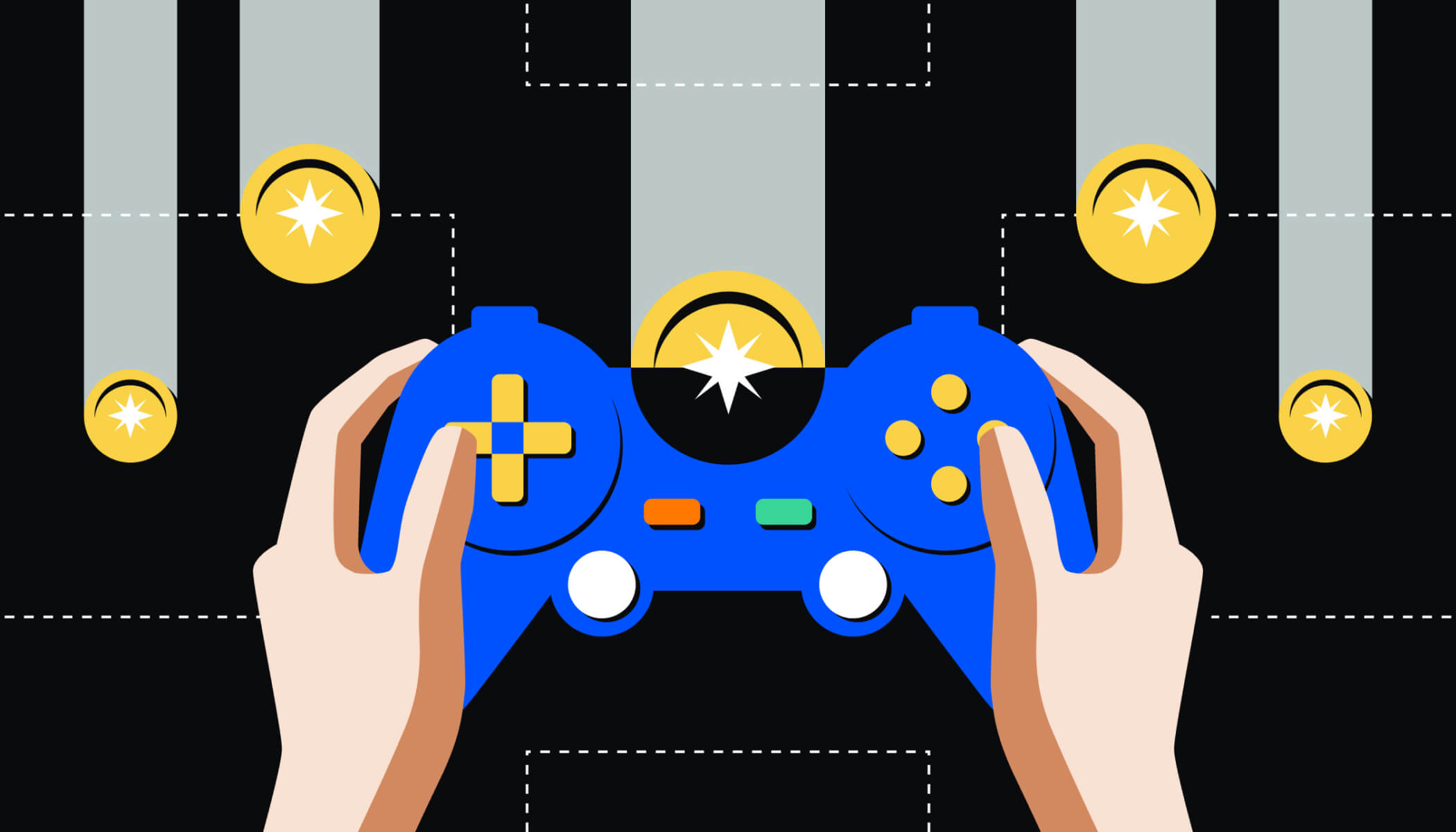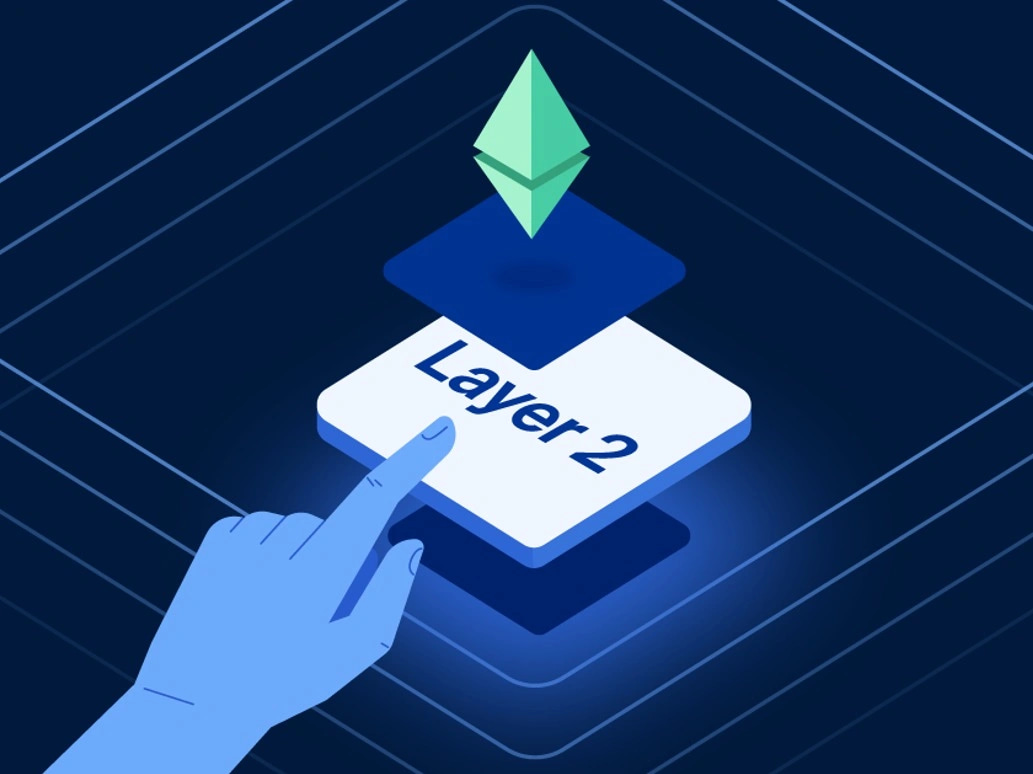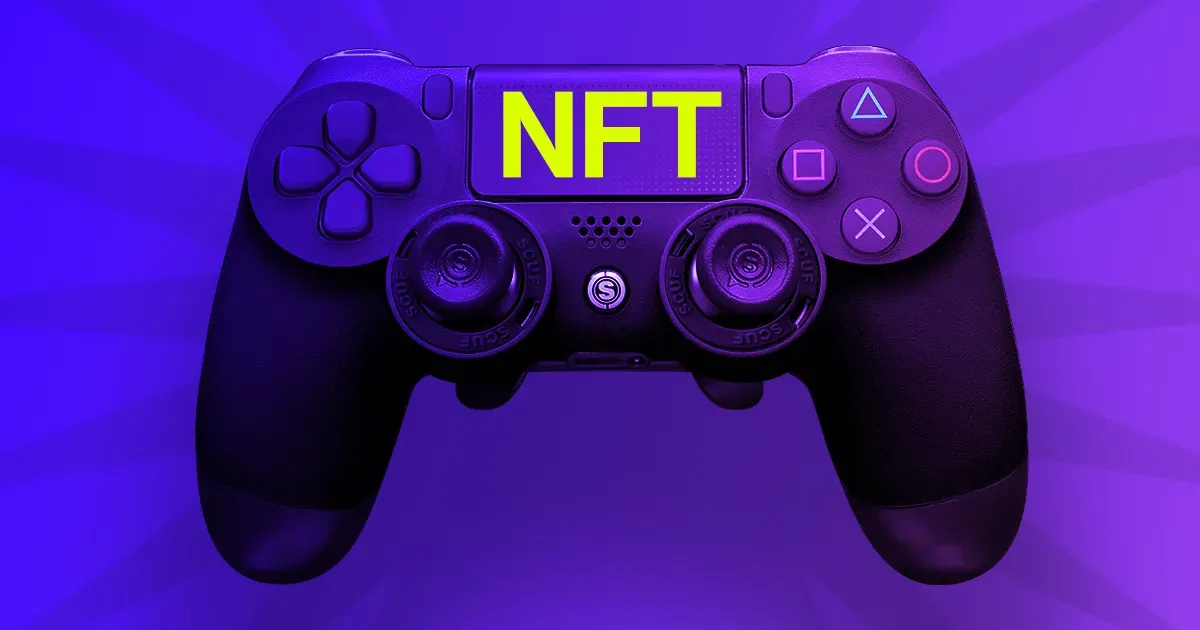3 Key Takeaways:
- NFT items gain real-world value through rarity, utility, and community demand.
- Play-to-earn mechanics and cross-game interoperability amplify NFT worth.
- Player-driven marketplaces and secondary sales create tangible economic opportunities.
Unlocking the Value of NFTs in Gaming
In recent years, NFTs have transformed digital gaming, turning in-game items into assets with tangible, real-world value. Unlike traditional virtual goods, NFT items are blockchain-based, granting players verifiable ownership and the ability to trade, sell, or leverage them outside a single game ecosystem. This shift has reshaped how gamers perceive digital possessions—from mere cosmetic enhancements to investment-worthy assets.
The real-world value of NFT items is not arbitrary. It is derived from a combination of rarity, functionality, and community engagement, creating an ecosystem where digital objects can hold financial and cultural significance.
Rarity and Utility Drive Value
NFT rarity plays a crucial role in establishing value. Limited-edition skins, weapons, or characters are inherently more desirable, and scarcity often fuels higher market prices. Beyond rarity, utility enhances worth. Items that provide tangible in-game advantages, access to exclusive content, or eligibility in competitive play attract more attention and higher valuations.
Developers are increasingly designing NFT items with multi-layered utility. For example, a rare sword in a fantasy RPG may also unlock entry to special tournaments or serve as collateral in blockchain-based lending platforms. This blend of exclusivity and functionality ensures NFT items are more than collectibles—they are strategic tools for players.
Play-to-Earn and Cross-Game Opportunities
Play-to-earn (P2E) mechanics have further elevated NFT value. Players can monetize their skills by earning NFT items through gameplay, which can then be sold or traded on secondary marketplaces. This dynamic not only incentivizes player engagement but also introduces real-world economic opportunities.
Additionally, interoperability between games allows NFT items to hold value across multiple platforms. A character skin or weapon usable in more than one game ecosystem enhances its demand and liquidity. Cross-game utility transforms NFTs into versatile digital assets, increasing both perceived and actual worth.
Marketplaces and Community Influence
Secondary marketplaces are where the true economic potential of NFT items is realized. Platforms like OpenSea, Rarible, and game-specific exchanges enable players to buy, sell, and trade assets, often at prices reflecting their rarity, performance, or community prestige.
Community influence also plays a pivotal role. Popularity among streamers, endorsements from professional gamers, or social trends can significantly inflate an NFT item’s value. In many cases, cultural relevance within gaming communities drives demand even more than intrinsic in-game advantages.
Conclusion
NFT items in games are no longer just digital novelties—they are dynamic assets with real-world value. By combining scarcity, utility, play-to-earn mechanics, cross-game compatibility, and active marketplaces, developers and players are forging a new economic paradigm. As gaming continues to evolve, understanding how NFT items gain and sustain value will be essential for both enthusiasts and investors navigating the blockchain-powered gaming frontier.
Disclaimer: The information in this article is for general purposes only and does not constitute financial advice. The author’s views are personal and may not reflect the views of GameDegen.com. Before making any investment decisions, you should always conduct your own research. GameDegen.com is not responsible for any financial losses.



